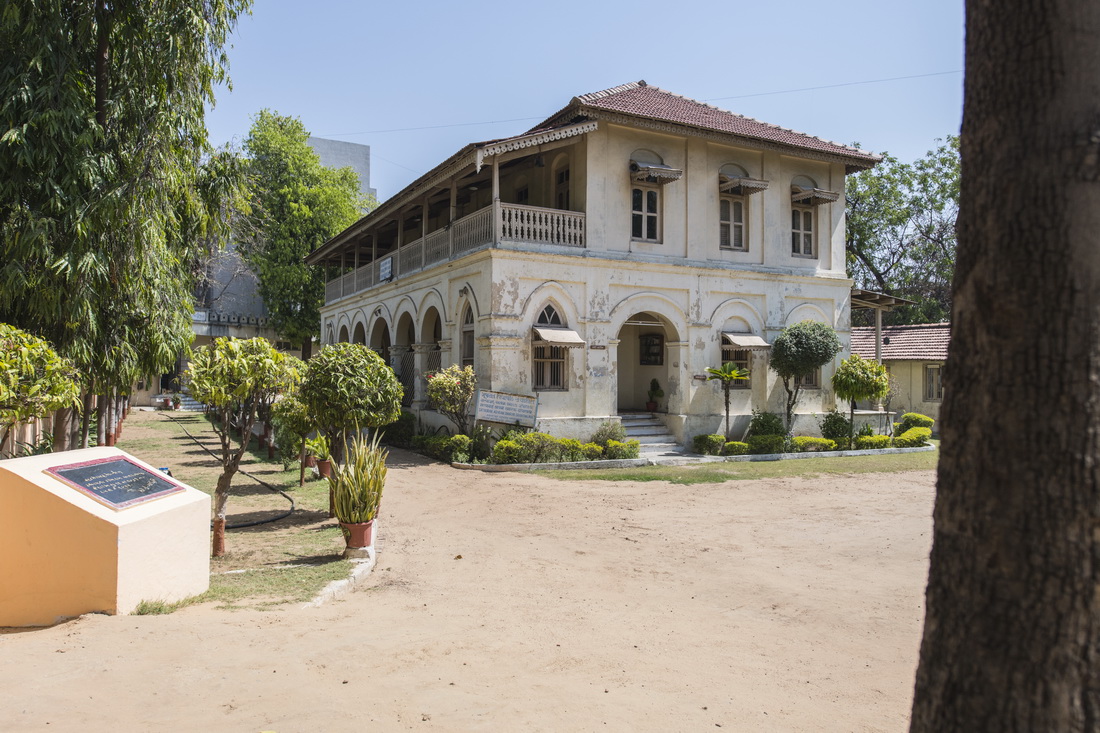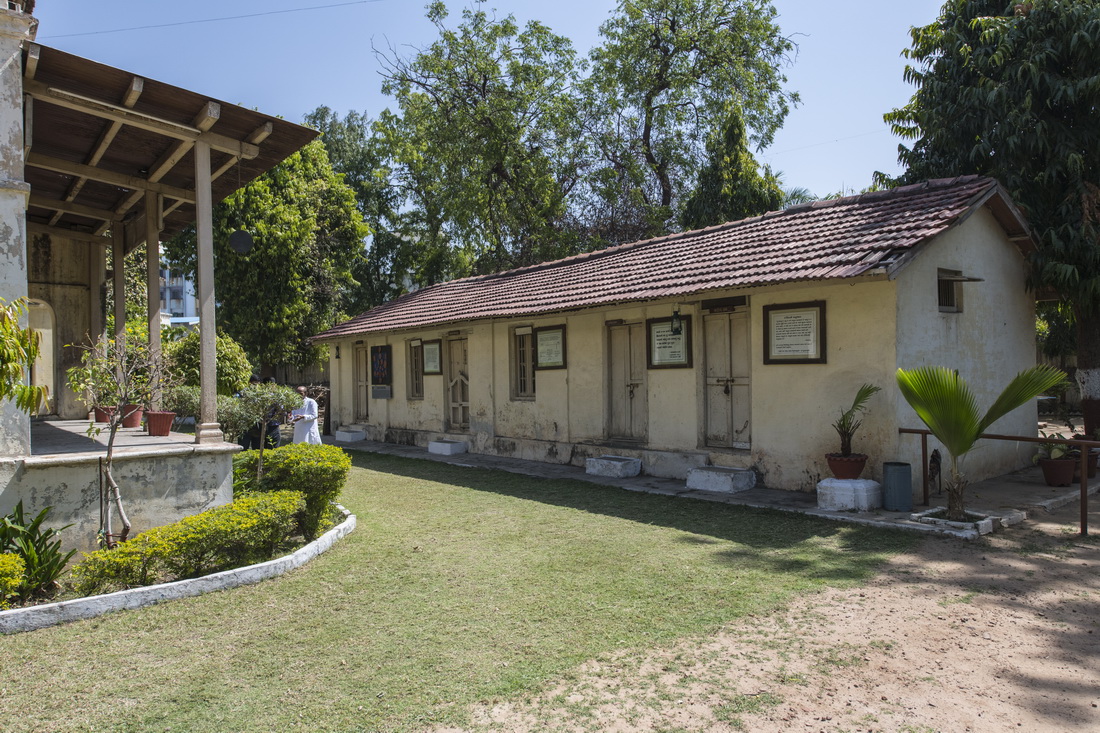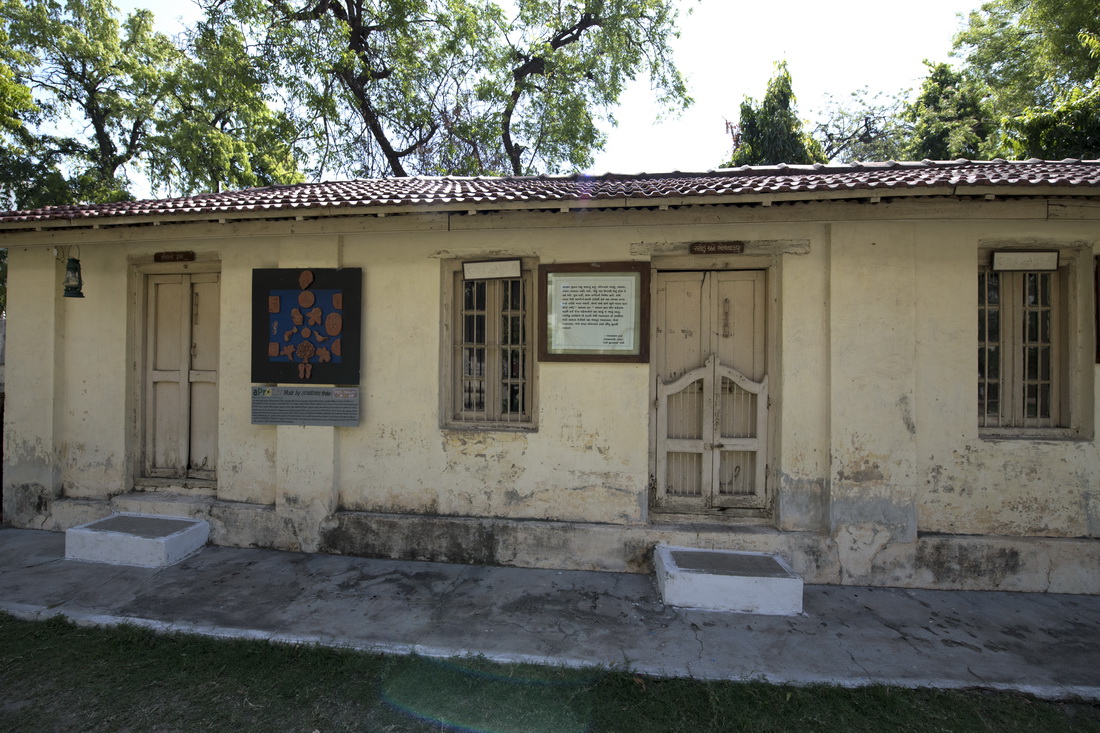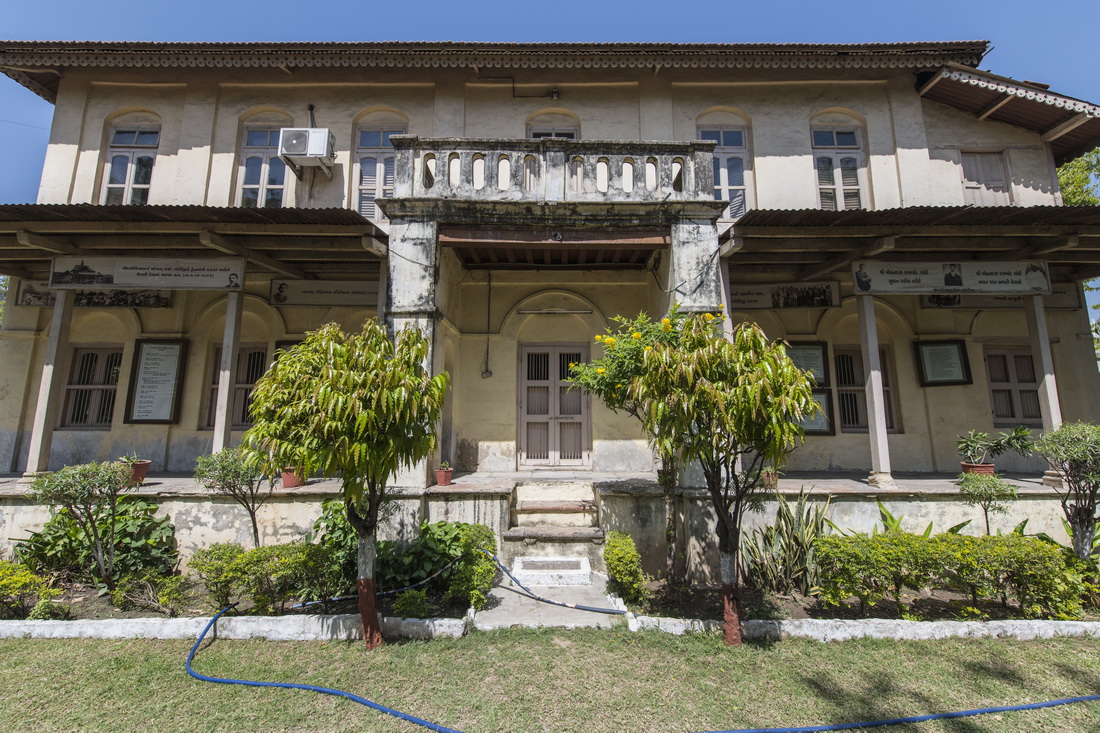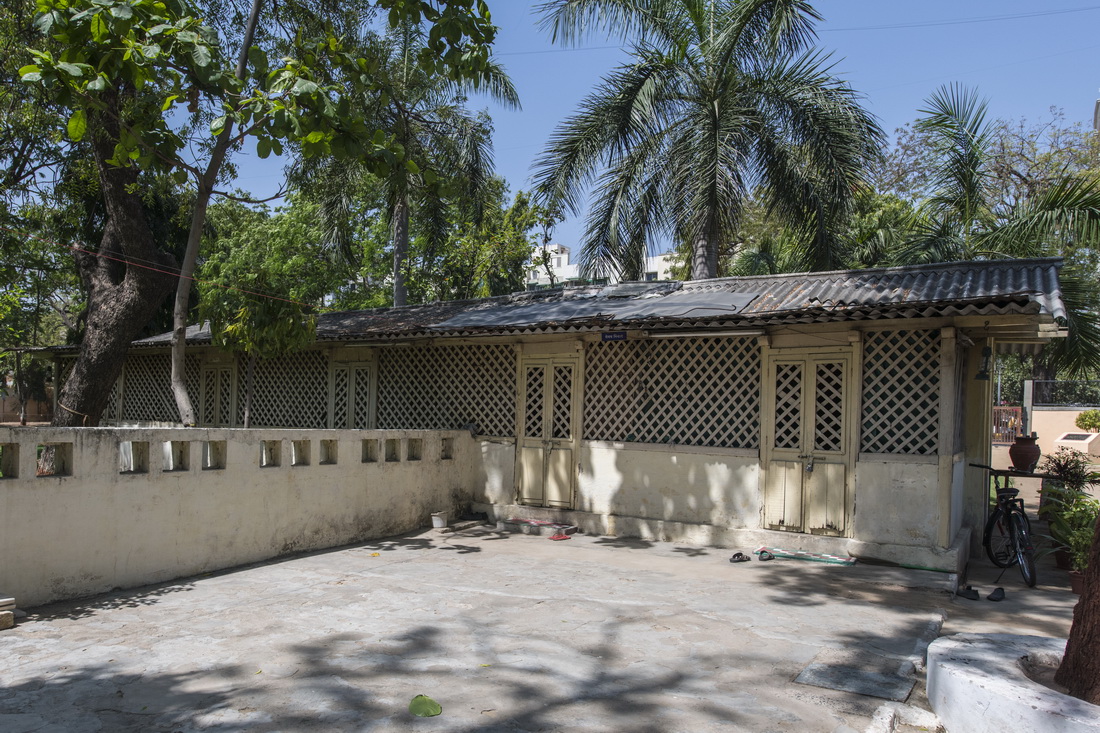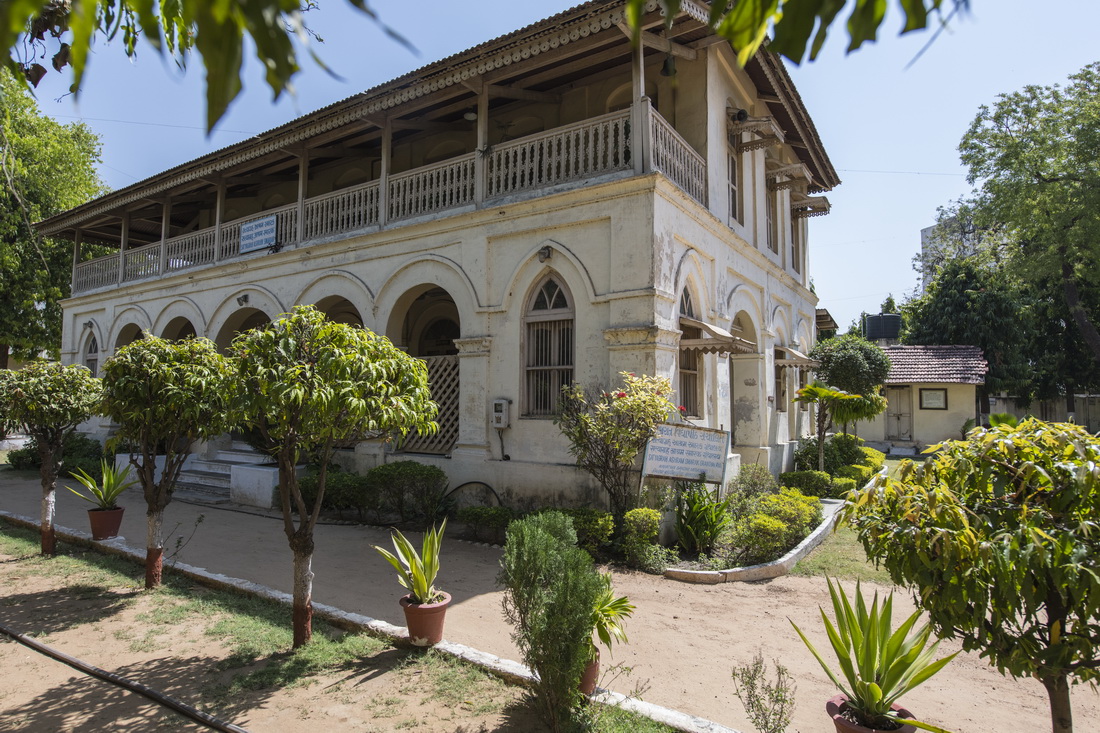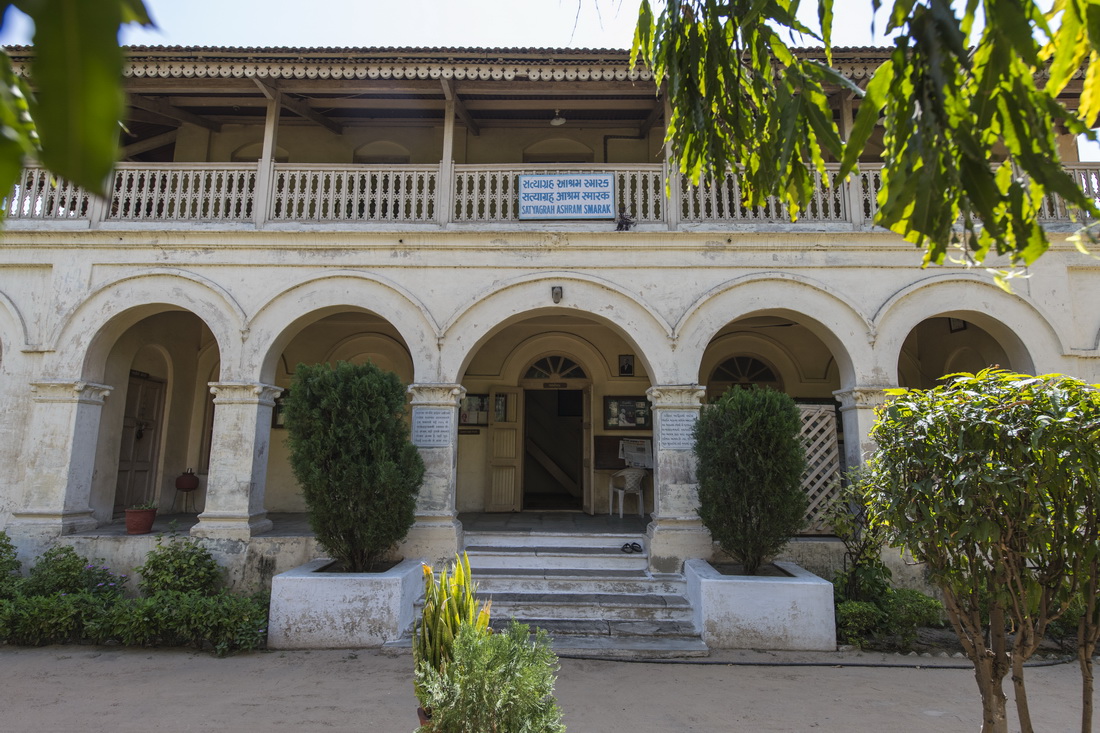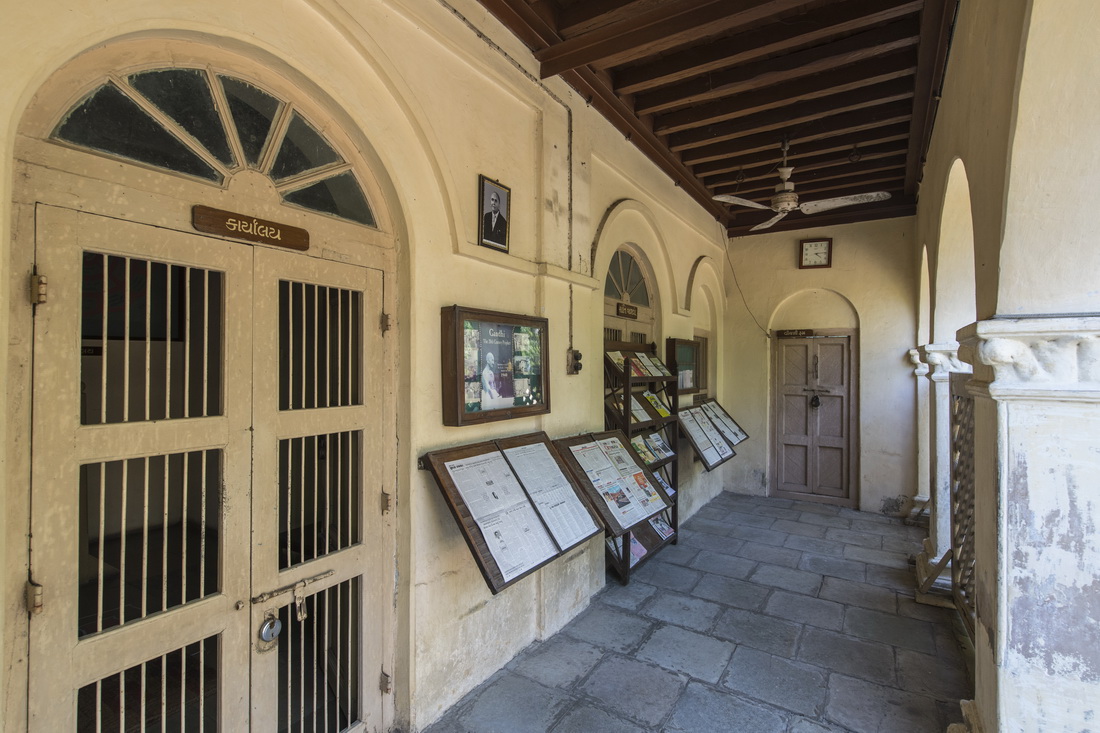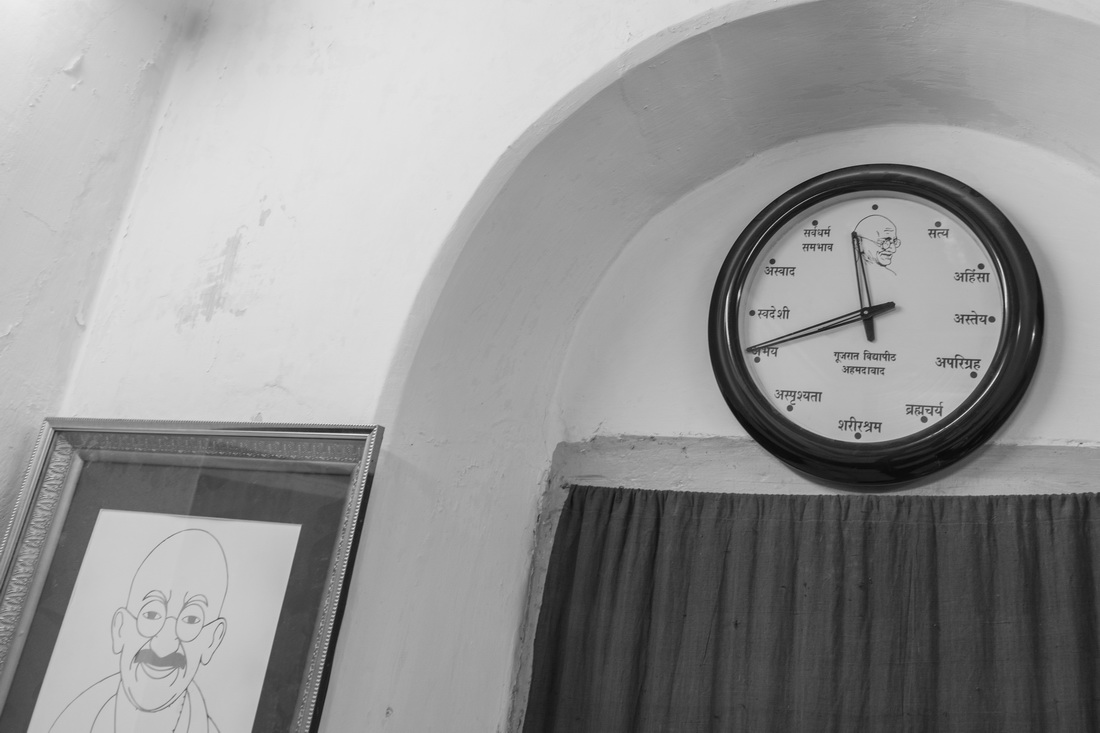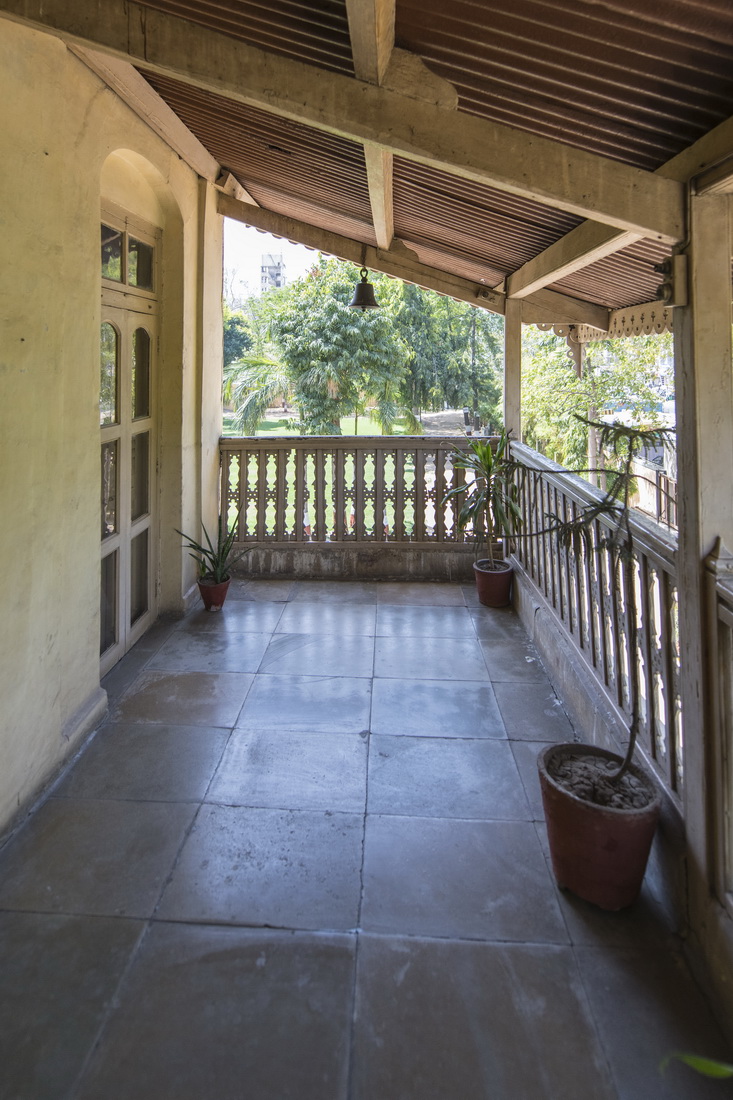
Kochrab Ashram
Kocharab Ashram, also spelt Kochrab Ashram, was the first ashram founded by Mahatma Gandhi in 1915, following his return to India from South Africa. This campus was called Satyagraha Ashram based on his ideas of achieving India's independence from British rule through peaceful methods.
Mohandas Karamchand Gandhi, well-known as Mahatma Gandhi or Gandhiji, began his association with Ahmedabad after returning to India from South Africa, where he practised as a lawyer and nurtured his policy of peaceful resistance against discrimination.
Gopal Krishna Gokhale requested him to return to India, which needed his skills as a community organizer. About his decision to settle in Ahmedabad in 1915, Gandhi wrote that as a Gujarati, he should be able to serve the country best through Gujarati language.
As Ahmedabad was an ancient centre of handloom weaving, it was likely to be the most favourable field for the revival of cottage industry of handloom weaving. As a major commercial city, Gandhi also felt that assistance could be gained from the mill owners and other affluent people.
His friend and fellow barrister Jivanlal Desai gifted him the land at Kocharab to build the Satyagraha Ashram. Mahatma Gandhi based himself here for about one-and-a-half years before moving to the new campus of Sabarmati Ashram.
Kocharab Ashram is a colonial-style building with a white-washed façade. The campus has hostels and kitchens. The Gandhi Memorial Museum in the ashram campus has a small collection of artifacts associated with the life of Mahatma Gandhi and historical photographs.
From time to time, events and activities are organized at the ashram, usually on important days related to the life of Mahatma Gandhi.
MOST POPULAR ATTRACTION
Right at the entrance of the Gandhi Memorial Museum, a large portrait of Gandhiji and Kasturba welcomes visitors along with some large portraits of people who influenced him like Tolstoy, John Ruskin and Shrimad Rajchandra. Some of the historical artefacts on the display here are Gandhiji’s iconic wooden writing desk and a wooden spinning wheel - Charkha. At Kochrab Ashram, there is a nice book and souvenir shop for the visitors.
NEARBY SITES
Ahmedabad’s Popular, Sultanate era, Historic Monuments, Spiritually Significant, Religious sites - Islam, Sites With Audio Guides, Sites with Bluetooth Beacons
Ahmedabad’s Popular, Pre-Independence era, Architecture & Design, Museums and Institutes, Sites With Audio Guides, Sites with Bluetooth Beacons
Pre-Independence era, Historic Monuments, Architecture & Design, Museums and Institutes, Sites With Audio Guides, Sites with Bluetooth Beacons
Modern era, Museums and Institutes, Sites with Bluetooth Beacons
Nature, Parks & Recreation, Sites with QR Codes
Modern era, Museums and Institutes, Sites With AR Experiences, Sites With Audio Guides, Sites with QR Codes, Sites with Bluetooth Beacons
Modern era, Architecture & Design, Performance Arts, Sites With Audio Guides, Sites with QR Codes
Pre-Independence era, Architecture & Design, Performance Arts, Sites With Audio Guides, Sites with Bluetooth Beacons
NEARBY AMENITIES


APPROXIMATE TIME REQUIRED TO VISIT
30 Minutes
THINGS TO KNOW
The Ashram is open on all days of the week, except on Mondays.
Timings :10:00 TO 18:00
Entry Fee : Free




